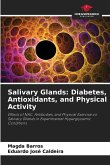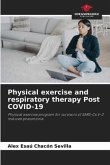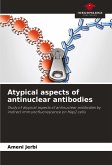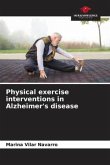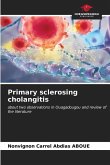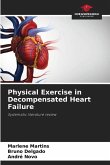Type I diabetes mellitus is related to the production of reactive oxygen species. These agents potentiate the tissue and cell damage characteristic of this hyperglycemic condition. To reverse this, some studies have used antioxidants, such as N-acetylcysteine, in an attempt to modulate these processes and prevent tissue damage. However, NAC in diabetics seems to stimulate greater infiltration of CD4/CD8 T lymphocytes, causing even more damage to the body. Against this, the combination of therapeutic agents can block this inflammation and promote antioxidant action. Physical exercise can complement this treatment by stimulating the body's natural antioxidant defense. This book presents the association of a treatment that acted in two specific ways, firstly by blocking the inflammatory infiltrate in type I diabetes mellitus and then by allowing the antioxidant action of NAC, together with the possible beneficial effects of physical exercise, to help restore glandular homeostasis. This book is suitable for health professionals who wish to delve deeper into current studies of new diabetes therapies.
Bitte wählen Sie Ihr Anliegen aus.
Rechnungen
Retourenschein anfordern
Bestellstatus
Storno


